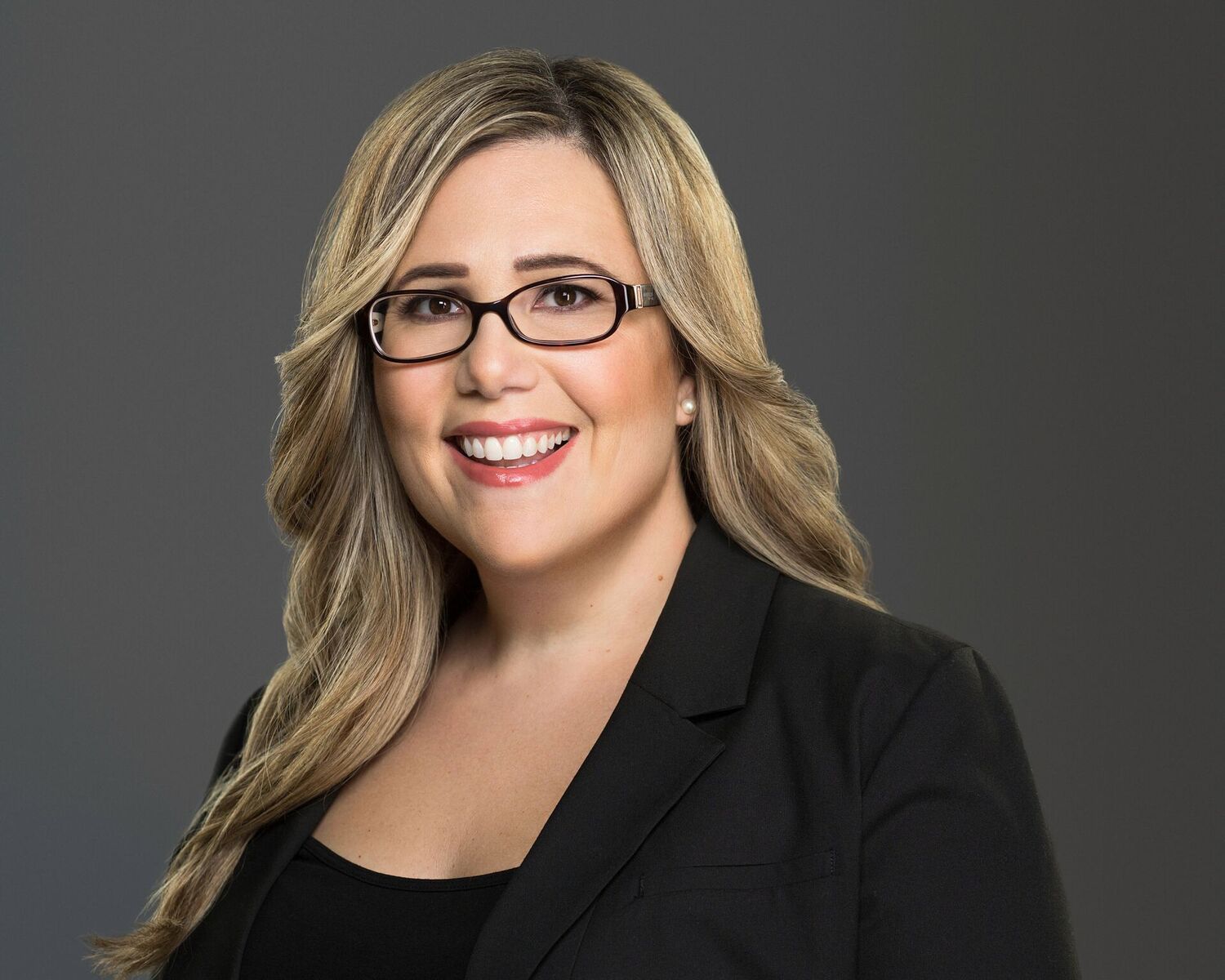How to build and leverage your legal brand on LinkedIn

Photo by Gil C/Shutterstock.com.
The digital age has transformed the way lawyers do business and market themselves in a job search.
Having graduated law school in 2003, the pre-LinkedIn era, the requirements for a job search consisted of faxing a hard copy of my resumé over to a law firm or sending an email directly to the hiring partner with my fingers crossed for a response. Networking was done in-person at bar association events and by handing out traditional business cards.
Today, that process is completely different. Before hitting “send” on that job application or thinking about interfacing with a potential client, lawyers realize that everything is searchable online. Your digital footprint must be strong and powerful, and clients expect you to have an actual presence across social media.
Legal job seekers also must ensure their online reputation is robust and professional. But, before you begin creating a LinkedIn profile and using the platform, you have to first establish your personal brand.
UNDERSTAND AND DEVELOP YOUR BRAND
According to Amazon.com founder and CEO Jeff Bezos, “Branding is what people say about you when you are not in the room.” The concept of personal branding has been around much longer than the LinkedIn platform. However, it’s only recently been at the forefront of social media and marketing because of what the digital world encapsulates. Your personal brand is not your job. Your personal brand is who you are, what you stand for, and how others see you across multiple spectrums.
There are several questions that can unlock your personal brand:
• What is your unique value?
• What differentiates you in your practice?
• What is your core asset to a law firm, to your industry or to an organization?
• How do you see yourself, and how do others see you?
• What contributions to your community and firm help differentiate you from other lawyers?
Each of these questions has powerful answers that can help build your legal brand based on your skills, personality, values, interests and your legal career path. In establishing a personal brand as a lawyer, think about the kind of attorney you are. For example, think about whether you do transactional versus litigation, what your main practice areas are, whether you have special licenses or certifications in your niche, the clients you serve and the community leadership you maintain.
 Wendi Weiner.
Wendi Weiner.
Now, take it a step further and think beyond the words lawyer and attorney. Consider the soft skills, hard skills and core competencies you have and possess as an attorney. You will start to see a pattern forming in these nouns: “researcher” and “writer,” “problem-solver,” “advocate,” “activist,” “strategist,” “mentor,” “consultant” and “relationship builder.”
You will also want to look at value-added training in your legal career, particularly if you have received a certification in a specialized niche, such as cybersecurity, for your technology expertise. Consider the continuing legal education credits and advanced training you have taken to metamorphosize your skill sets. Beyond your day-to-day work, consider your volunteer work and mission to your community. Are you involved in mission-based organizations like Habitat for Humanity or legal missions where you commit a certain number of pro bono hours per month?
In crafting your personal legal brand, you will want to tell your story through those skills, key differentials, and your overall career path. You will also want to tell that story from a first-person standpoint to create that human connection.
TRANSFORM YOUR BRAND
LinkedIn has more than 610 million users, compared with Facebook’s 2.32 billion monthly active users. But LinkedIn is the ideal place for lawyers to market themselves. LinkedIn allows you to join lawyer groups and alumni groups; it allows you to research alumni of your law school who may work at a targeted company you’re interested in; it allows you to connect with legal recruiters; and LinkedIn makes it possible for you to directly connect with potential clients.
Additionally, LinkedIn allows you to set up job search parameters that align with your desired geographic location, optimized job titles, and offers a switch that alerts recruiters that you are job searching and open to new opportunities.
LinkedIn is not just for lawyers who are job searching. It’s a must-have for law firms seeking to establish solidarity among members, as well as those desiring to market their practice group areas, successes, accolades and firm accomplishments. Individuals and law firms can create content that is accessible to millions of users and broadens a lawyer’s or firm’s network by providing direct access to new business contacts. LinkedIn offers lawyers and firms the ability to leverage thought leadership, marketing collateral, visibility and credibility. If you are looking to get press or media for your firm, LinkedIn gives you the advantage of having a direct link to journalists.
YOUR PROFILE HEADLINE AND SUMMARY
The headline and summary sections on LinkedIn are the two most integral parts to unlocking and sharing your personal brand. LinkedIn allots 120 characters for your headline and 2,000 characters for your summary section.
Keep in mind that while your profile is your online resumé, it should not be a copy and paste of your resumé, and you should not input your firm bio into the summary section. Your summary should be written in a humanistic tone that tells your career story to help increase person-to-person contact. The words on your profile are just as important as your professional image. Don’t forgo a professional headshot in lieu of a selfie. Statistically, LinkedIn members with a professional headshot get 14 times more views than users without one.
When crafting your headline, consider using broad terms that a recruiter, client or new business contact would search for most often. A unique value statement, such as “Advocating for truth and justice in the legal profession,” can be part of your headline. However, consider beginning your headline with the phrase “Criminal Defense Attorney” or “Assistant State Attorney,” so that a reader of your profile will understand the type of work you do beyond just that value statement. It’s more plausible that a person will search for a “criminal defense attorney” in the query bar as opposed to someone who “advocates for truth and justice.”
Your headline and summary must contain commonly searched terms and words for your profile to be keyword optimized. Review job postings for attorneys in your niche, and look at the commonly used skills and terms. You will want to also travel down to the “skills” section of your profile and add 10 to 15 skills, so that your profile is even more searchable for job opportunities.
 Photo from Shutterstock.com.
Photo from Shutterstock.com.
PUTTING YOUR NETWORK TO THE TEST
Now that your profile is branded, it’s time to start building a true network of valuable connections. If you are new to LinkedIn, create your network by connecting with other members of your law firm or law practice group, law school alumni, attorneys across the country and world in your practice area, and attorneys at targeted companies of interest such as Starbucks, Google and Amazon.com.
Be sure to send a note with your connection request, as a personalized note is always best to help initiate a conversation. Request to set up a phone call or an in-person coffee meeting with a legal industry colleague who you may be able to have a referral partnership with or even collaborate on legal trends. This will also help enlarge your personal network by creating real, in-person relationships beyond the LinkedIn platform.
You can also select relevant hashtags that LinkedIn users are following to help improve your feed and connectivity abilities. For example, if you are a corporate counsel and focus on intellectual property issues, you may want to follow LinkedIn users who are leveraging hashtags in their posts, such as #trademark, #patent, #IP and #copyright. You will now gain access to attorneys and professionals who are posting relevant content in your niche.
POSTING ORIGINAL CONTENT
When it comes to publishing or posting your own content, slow and steady is the best approach. I recommend posting articles concerning relevant issues and trends that you are encountering in your practice area, so that other attorneys, professionals and networking contacts can benefit from it. You can also share articles on hot topics and trends from the ABA Journal and Law.com to build goodwill and connection with legal industry members.
Combining the active use of the platform with a powerful legal brand can help you gain new clients, new business, and new career opportunities in the legal world. Remember, at the end of the day, relationships create long-lasting results. Start building your brand and your presence on LinkedIn to cultivate those relationships.
Stay tuned for a forthcoming article on leveraging your personal brand on the other social media platforms (Instagram, Facebook and Twitter).
Wendi Weiner is an attorney and award-winning writer who has been featured in more than 50 major media outlets, including CNN, the Huffington Post, Forbes, Fast Company and Entrepreneur, as a top authority in resumé writing, personal branding and content strategy. As a solopreneur and owner of the Writing Guru, her trademarked namesake company, Weiner creates powerful career and personal brands for attorneys, top-tier executives and business leaders. She additionally provides high-impact content writing for corporations and major publications, and she speaks on the global level about personal branding, resumé writing, business professionalism, reputation management and social networking.
ABAJournal.com is accepting queries for original, thoughtful, nonpromotional articles and commentary by unpaid contributors to run in the Your Voice section. Details and submission guidelines are posted at “Your Submissions, Your Voice.”
Your Voice submissions

The ABA Journal wants to host and facilitate conversations among lawyers about their profession. We are now accepting thoughtful, non-promotional articles and commentary by unpaid contributors.

